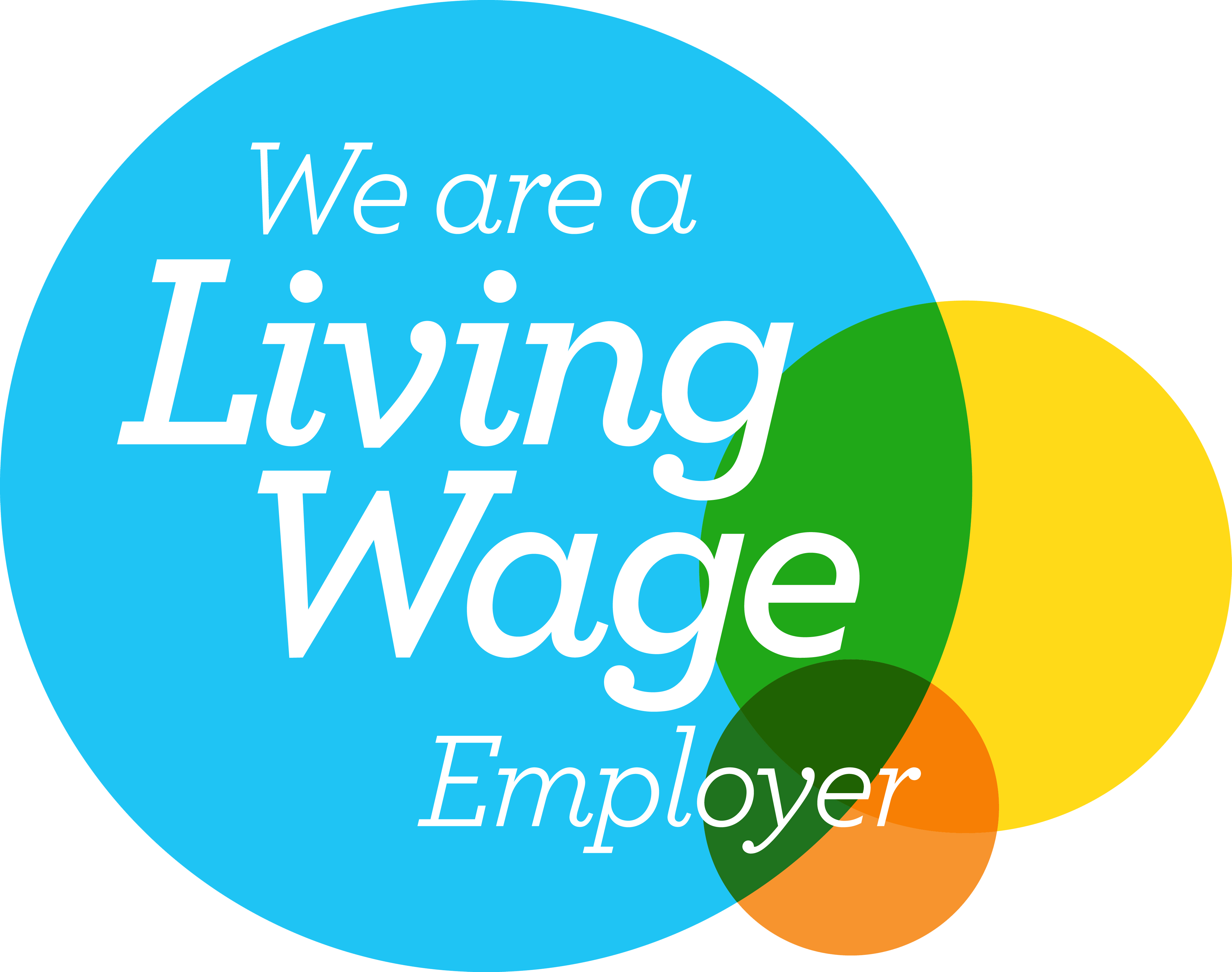The Royal College of Obstetricians and Gynaecologists (RCOG) has today published a new data dashboard on UK gynaecology waits. You can access the data dashboard here.
The dashboard provides a comprehensive visualisation of the size, scale and nature of gynaecology waits for non-cancer hospital care, bringing together a range of publicly available datasets in one place for the first time.
The data shows that over three quarters of a million women (752,531) in the UK are currently waiting for hospital gynaecology services. Since 2020, gynaecology waiting lists in England have grown faster each month than any other elective specialty in percentage terms and are now over double the size they were prior to the pandemic.
Responding to this new data, Endometriosis UK said:
“The new data released by the Royal College of Obstetricians and Gynaecologists highlights the urgent need for the Government to commit to reducing gynaecology waiting times and ensure those with endometriosis are given due priority.
Without a firm commitment from government, those with endometriosis will continue to face unacceptable delays.
The research highlights that since 2020, gynaecology waiting lists in England have grown faster each month than any other elective speciality in percentage terms and are now double the size they were prior to the pandemic.
Menstrual health must be prioritised by the new government if those with endometriosis are to access the treatment they need to help manage their symptoms. Without diagnosis and treatment, not only can the disease worsen, but it can have a huge impact on all aspects of someone’s life - including physical and mental health, education and career.
The government must ensure the necessary NHS capacity to appropriately diagnose and provide treatment and pain management for those with experiencing symptoms or who have a diagnosis of endometriosis. Implementing this will not only reduce suffering for those with endometriosis, but will also save the NHS time and resources.
“We look forward to working with Government to cut down waiting times and ensure those with endometriosis have access to the right care at the right time.”
This is Jasmine's story.
 My name is Jasmine Watson, I’m 23 and I live in Lancashire. I am a webchat volunteer for Endometriosis UK and I’m currently in the process of setting up my own support group for Lancashire.
My name is Jasmine Watson, I’m 23 and I live in Lancashire. I am a webchat volunteer for Endometriosis UK and I’m currently in the process of setting up my own support group for Lancashire.
Throughout most of my life it feels like I have either been on a waiting list or being made to feel like I’m overreacting. I first went to the doctors with endometriosis symptoms when I was 12 years old, in 2013. I got diagnosed with endometriosis in March 2023, 10 years later. During my search for answers, I have been gaslit, belittled and not believed, mostly by male doctors who I felt treated me as a case number, not as a human being.
In May 2021, I was put on the surgery waiting list and I was told I would have the surgery within the year. I had my laparoscopy in March 2023, almost two years later. The wait was nowhere near as difficult as it was to be constantly let down. My surgery was scheduled and cancelled 6 separate times, with either being given no reason at all or being told ‘the doctor realised his surgery list is too heavy tomorrow, the people in more pain have a higher priority’. Some of the cancellations were hours before I was due to be operated on.
During the time between being put on the waiting list and being operated on, I visited A&E multiple times, had several doctors appointments, had four expedite letters sent, had months off university and months off work. Because of this, my mental and physical health extremely declined, I was suicidal, isolated and hopeless. As time went on, my disease spread and my symptoms became unbearable, I became a person I didn’t recognise. It’s been over a year after the surgery and my symptoms have come back and I have a 5cm cyst on my ovary. I was told it would go away on its own, 10 months later, it grew so big it ruptured and I could no longer walk. I’m now back on the waiting list for another surgery.
This journey is a constant battle with doctors, with my body and with myself.


